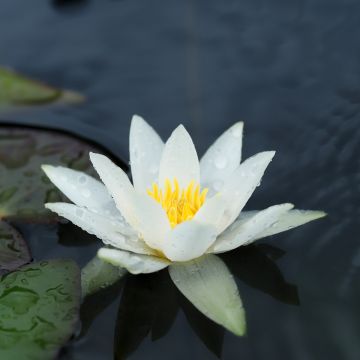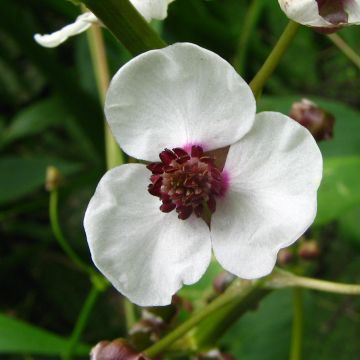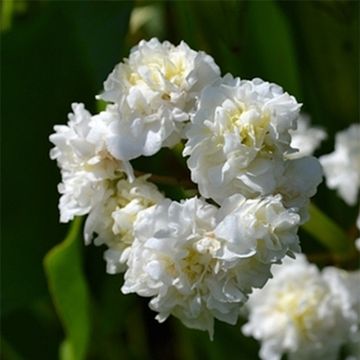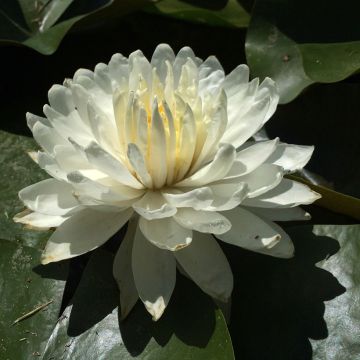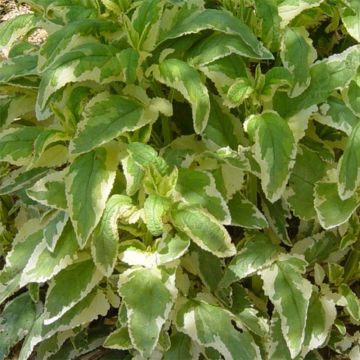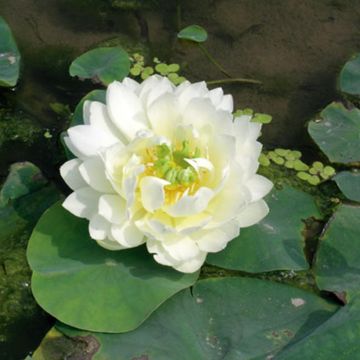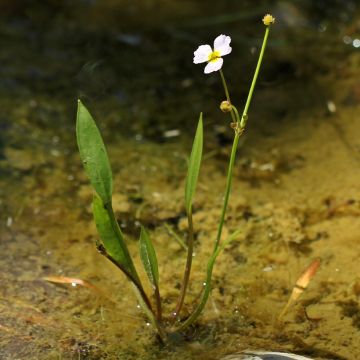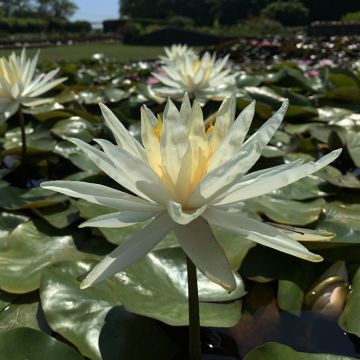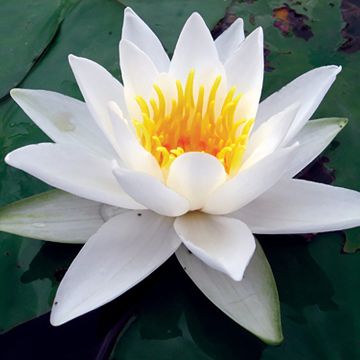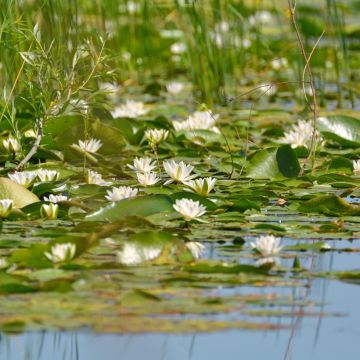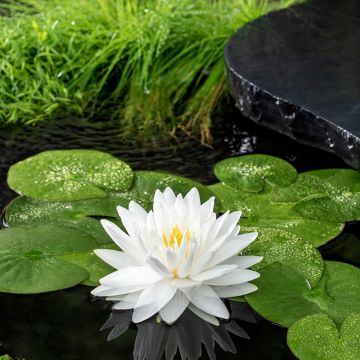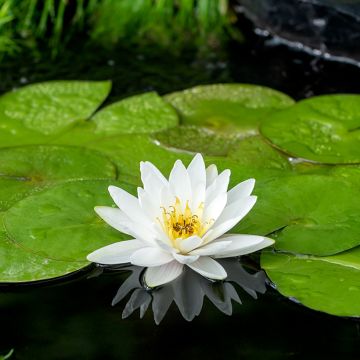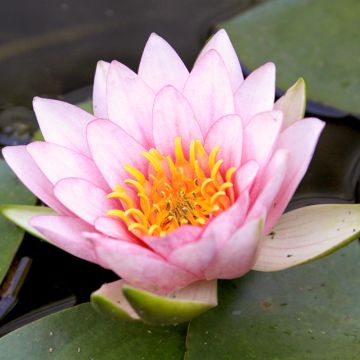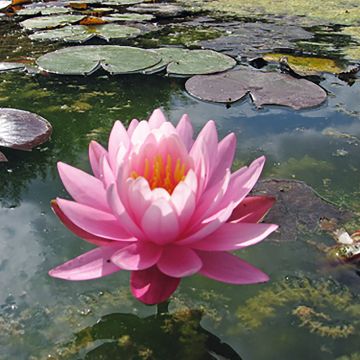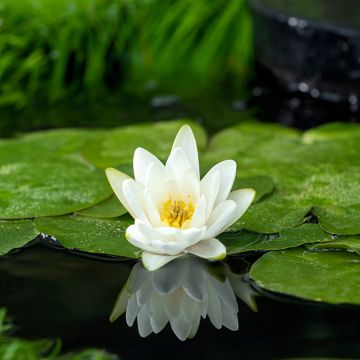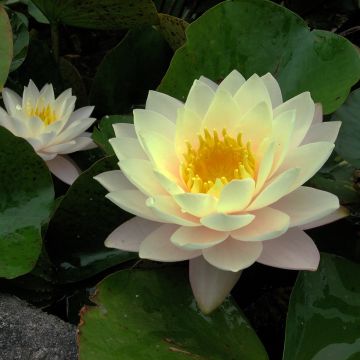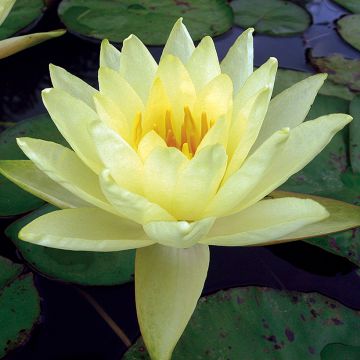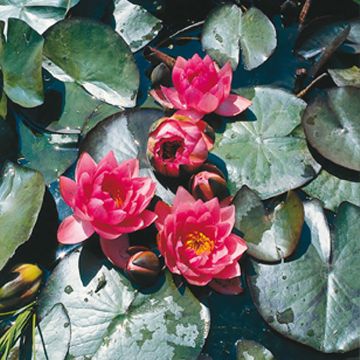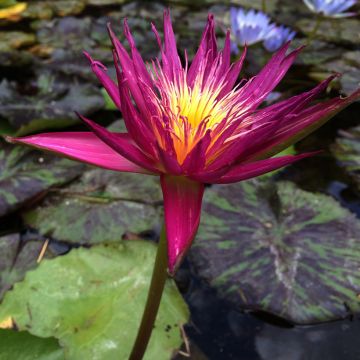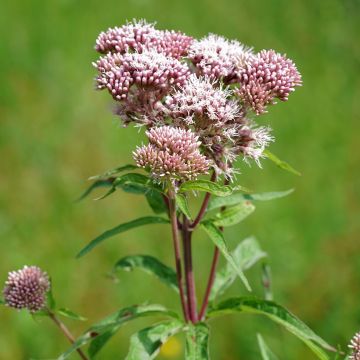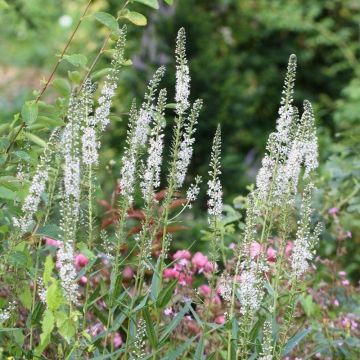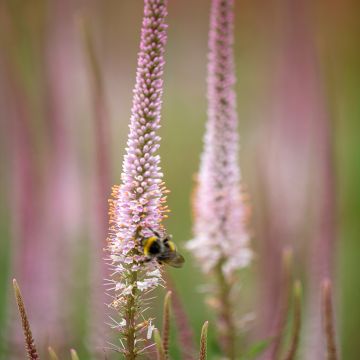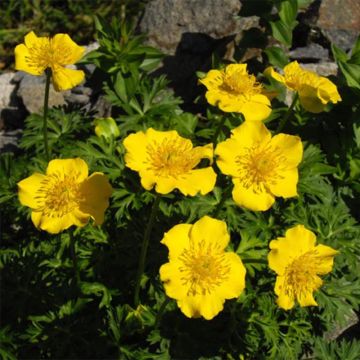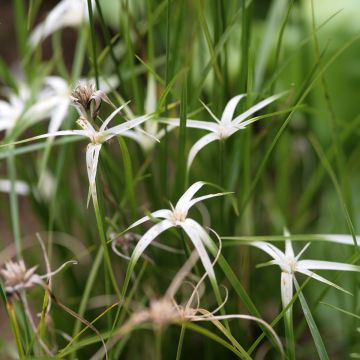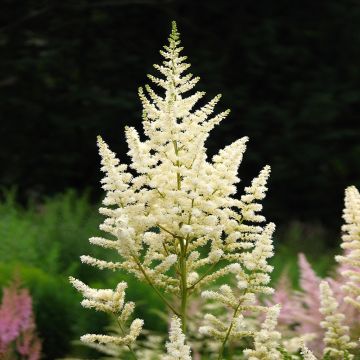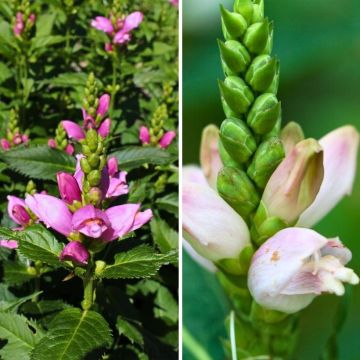Shipping country and language
Your country of residence may be:
Your country of residence is:
For a better user experience on our website, you can select:
Your shipping country:
Andorra
Austria
Belgium
Bulgaria
Canada
Chile
Croatia
Cyprus
Czechia
Denmark
Estonia
Finland
France
Germany
Greece
Hungary
Iceland
Ireland
Italy
Latvia
Lithuania
Luxembourg
Malta
Monaco
Netherlands
Poland
Portugal
Romania
Slovakia
Slovenia
Spain
Sweden
Switzerland
United Kingdom
We only deliver seed and bulb products to your country. If you add other products to your basket, they cannot be shipped.
Language:
French
German
Spanish
English
My Account
Hello
My wish lists
Plantfit
Log in / Register
Existing customer?
New customer?
Create an account to track your orders, access our customer service and, if you wish, make the most of our upcoming offers.
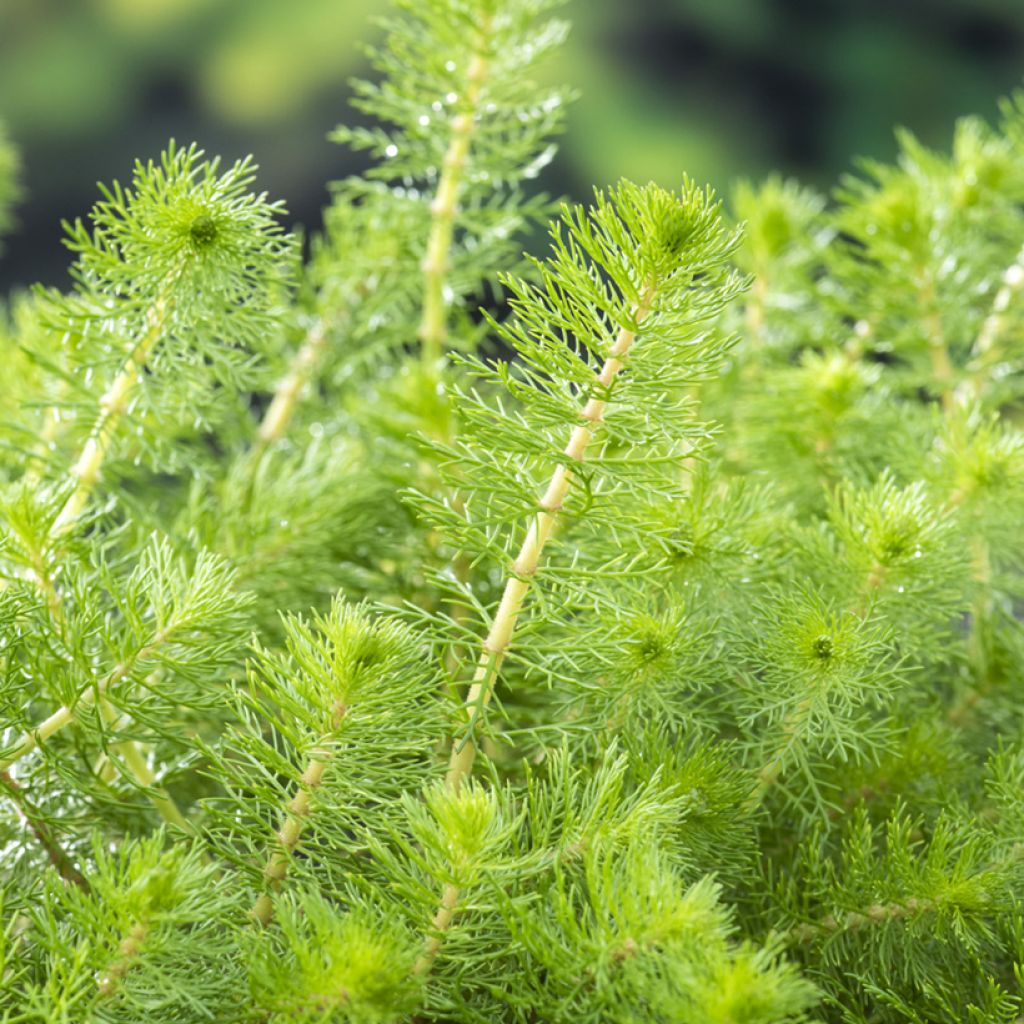

Myriophyllum spicatum
Myriophyllum spicatum
Myriophyllum crispata
Eurasian Watermilfoil, Spiked Water-milfoil
Why not try an alternative variety in stock?
View all →Order in the next for dispatch today!
Dispatch by letter from 3,90 €.
Delivery charge from 5,90 € Oversize package delivery charge from 6,90 €.
More information
This item is not available in your country.
Shipping country:
Andorra
Austria
Belgium
Bulgaria
Canada
Chile
Croatia
Cyprus
Czechia
Denmark
Estonia
Finland
France
Germany
Greece
Hungary
Iceland
Ireland
Italy
Latvia
Lithuania
Luxembourg
Malta
Monaco
Netherlands
Poland
Portugal
Romania
Slovakia
Slovenia
Spain
Sweden
Switzerland
United Kingdom
Schedule delivery date,
and select date in basket
This plant carries a 12 months recovery warranty
More information
We guarantee the quality of our plants for a full growing cycle, and will replace at our expense any plant that fails to recover under normal climatic and planting conditions.
From 5,90 € for pickup delivery and 6,90 € for home delivery
Express home delivery from 8,90 €.
Would this plant suit my garden?
Set up your Plantfit profile →
Description
Myriophyllum spicatum, or spiked watermilfoil, is an aquatic perennial from temperate regions. It has a stoloniferous base that produces very long floating stems, up to 3m (10ft) long, reaching the water surface to form a dense yellow-green carpet of finely divided, feathery leaves. The inconspicuous flowers rise above the surface in spikes of small white flowers, pink when in bud. It is an excellent plant for oxygenating and purifying slow to stagnant, even polluted water. Its very vigorous growth should be limited as it can quickly become invasive.
Myriophyllum spicatum belongs to the Haloragidaceae family. It is native to Europe, Asia, and North Africa. It now proliferates worldwide in stagnant or slow-flowing freshwater. It is one of the most common aquatic plants in ponds and waterways. It forms loose floating stems that can reach 3m (10ft) (sometimes 6m (20ft)) which are often reddish and branch out and grow horizontally on the surface of the wate. It produces spikes of tiny white flowers 1 to 2mm (0in), pink in bud, 15cm (6in) above the water. The finely dissected foliage appears yellow-green below the surface and bluish-green above water. The leaves are arranged in whorls of 12 to 24 leaflets around the stems and are semi-evergreen. The roots anchor into the soil to 50cm (20in) deep.
Plant spiked watermilfoil in a pond, in baskets filled with loamy, humus-rich soil, in full sun under 10 to 150cm (4 to 59in) of water. Weigh down the watermilfoil when planting as it has few roots. This plant is hardy to about -15°C (5°F) in full sun or partial shade. It shows great tolerance to pH and water hardness. The stems may suffer from frost but will reappear the following spring. Where it thrives, its exceptional vigour can make it invasive. Therefore, it needs to be controlled either by installing it in a basket (when possible) or by regularly removing some of the stems.
Spiked watermilfoil is a first-rate oxygenating and purifying plant. It can concentrate nitrogen and phosphorus. Through its filtering action, it helps stabilise the delicate balance of a garden pond. Its presence will contain the growth of green algae. If the pond is big enough it is better to plant two to three species of submerged plants to vary the foliage. This plant can also be used in tropical fish aquariums where you must provide sufficient light.
Flowering
Foliage
Plant habit
Botanical data
Myriophyllum
crispata
Haloragidaceae
Eurasian Watermilfoil, Spiked Water-milfoil
Central Europe
Other Aquatic perennials
Planting and care
Plant watermilfoil in a pond, in baskets of loamy, humus-rich soil, in full sun, under 10 to 150 cm (4 to 59in) of water. Weigh down the watermilfoil when planting, as it has few roots. This plant is hardy to about -15°C (5°F) in full sun or partial shade. It also shows great tolerance to pH and water softness. The stems may suffer from frost but will reappear the following spring. The young shoots can be eaten by fish. Algae or debris in the water may suffocate the leaves. Where it thrives, it can become invasive, so control it either by installing it in a basket (when possible), or regularly removing some of the stems.
Planting period
Intended location
Care
This item has not been reviewed yet - be the first to leave a review about it.
Aquatic plants
Haven't found what you were looking for?
Hardiness is the lowest winter temperature a plant can endure without suffering serious damage or even dying. However, hardiness is affected by location (a sheltered area, such as a patio), protection (winter cover) and soil type (hardiness is improved by well-drained soil).

Photo Sharing Terms & Conditions
In order to encourage gardeners to interact and share their experiences, Promesse de fleurs offers various media enabling content to be uploaded onto its Site - in particular via the ‘Photo sharing’ module.
The User agrees to refrain from:
- Posting any content that is illegal, prejudicial, insulting, racist, inciteful to hatred, revisionist, contrary to public decency, that infringes on privacy or on the privacy rights of third parties, in particular the publicity rights of persons and goods, intellectual property rights, or the right to privacy.
- Submitting content on behalf of a third party;
- Impersonate the identity of a third party and/or publish any personal information about a third party;
In general, the User undertakes to refrain from any unethical behaviour.
All Content (in particular text, comments, files, images, photos, videos, creative works, etc.), which may be subject to property or intellectual property rights, image or other private rights, shall remain the property of the User, subject to the limited rights granted by the terms of the licence granted by Promesse de fleurs as stated below. Users are at liberty to publish or not to publish such Content on the Site, notably via the ‘Photo Sharing’ facility, and accept that this Content shall be made public and freely accessible, notably on the Internet.
Users further acknowledge, undertake to have ,and guarantee that they hold all necessary rights and permissions to publish such material on the Site, in particular with regard to the legislation in force pertaining to any privacy, property, intellectual property, image, or contractual rights, or rights of any other nature. By publishing such Content on the Site, Users acknowledge accepting full liability as publishers of the Content within the meaning of the law, and grant Promesse de fleurs, free of charge, an inclusive, worldwide licence for the said Content for the entire duration of its publication, including all reproduction, representation, up/downloading, displaying, performing, transmission, and storage rights.
Users also grant permission for their name to be linked to the Content and accept that this link may not always be made available.
By engaging in posting material, Users consent to their Content becoming automatically accessible on the Internet, in particular on other sites and/or blogs and/or web pages of the Promesse de fleurs site, including in particular social pages and the Promesse de fleurs catalogue.
Users may secure the removal of entrusted content free of charge by issuing a simple request via our contact form.
The flowering period indicated on our website applies to countries and regions located in USDA zone 8 (France, the United Kingdom, Ireland, the Netherlands, etc.)
It will vary according to where you live:
- In zones 9 to 10 (Italy, Spain, Greece, etc.), flowering will occur about 2 to 4 weeks earlier.
- In zones 6 to 7 (Germany, Poland, Slovenia, and lower mountainous regions), flowering will be delayed by 2 to 3 weeks.
- In zone 5 (Central Europe, Scandinavia), blooming will be delayed by 3 to 5 weeks.
In temperate climates, pruning of spring-flowering shrubs (forsythia, spireas, etc.) should be done just after flowering.
Pruning of summer-flowering shrubs (Indian Lilac, Perovskia, etc.) can be done in winter or spring.
In cold regions as well as with frost-sensitive plants, avoid pruning too early when severe frosts may still occur.
The planting period indicated on our website applies to countries and regions located in USDA zone 8 (France, United Kingdom, Ireland, Netherlands).
It will vary according to where you live:
- In Mediterranean zones (Marseille, Madrid, Milan, etc.), autumn and winter are the best planting periods.
- In continental zones (Strasbourg, Munich, Vienna, etc.), delay planting by 2 to 3 weeks in spring and bring it forward by 2 to 4 weeks in autumn.
- In mountainous regions (the Alps, Pyrenees, Carpathians, etc.), it is best to plant in late spring (May-June) or late summer (August-September).
The harvesting period indicated on our website applies to countries and regions in USDA zone 8 (France, England, Ireland, the Netherlands).
In colder areas (Scandinavia, Poland, Austria...) fruit and vegetable harvests are likely to be delayed by 3-4 weeks.
In warmer areas (Italy, Spain, Greece, etc.), harvesting will probably take place earlier, depending on weather conditions.
The sowing periods indicated on our website apply to countries and regions within USDA Zone 8 (France, UK, Ireland, Netherlands).
In colder areas (Scandinavia, Poland, Austria...), delay any outdoor sowing by 3-4 weeks, or sow under glass.
In warmer climes (Italy, Spain, Greece, etc.), bring outdoor sowing forward by a few weeks.

